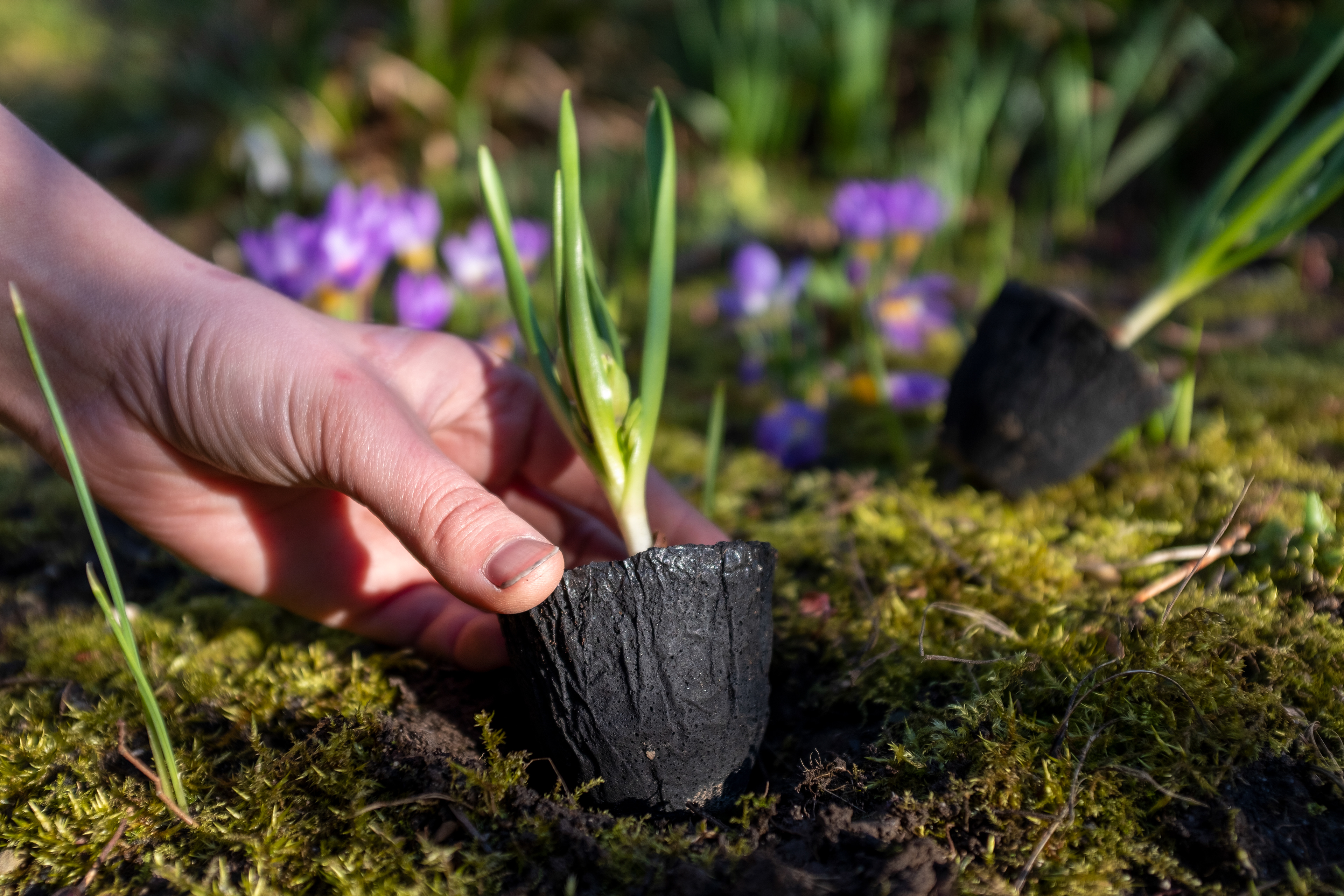Coal is an ambivalent material, torn between the connotation of pollution and destruction and
the positive attributes such as the capacity to absorb and retain nutrients and minerals.In addition, biomass can be carbonized into charcoal without CO2 emissions. Plants benefit from the stored nutrients and once the life cycle of a plant is over it can become biochar to support new generations. This cycle of birth and rebirth visualizes the possibility to rethink and repurpose materials, The planters are simply a visualization of the various uses of this sustainable material. The coalpots can be mass-produced without its design mimicking the aesthetics of petroleum-based plastics. After the pots have accompanied the plant in its growth, the end of the life cycle of the product and the dissolution in the soil is not a mere disposal, but it also serves a final purpose with the release of the stored nutrients.
the positive attributes such as the capacity to absorb and retain nutrients and minerals.In addition, biomass can be carbonized into charcoal without CO2 emissions. Plants benefit from the stored nutrients and once the life cycle of a plant is over it can become biochar to support new generations. This cycle of birth and rebirth visualizes the possibility to rethink and repurpose materials, The planters are simply a visualization of the various uses of this sustainable material. The coalpots can be mass-produced without its design mimicking the aesthetics of petroleum-based plastics. After the pots have accompanied the plant in its growth, the end of the life cycle of the product and the dissolution in the soil is not a mere disposal, but it also serves a final purpose with the release of the stored nutrients.
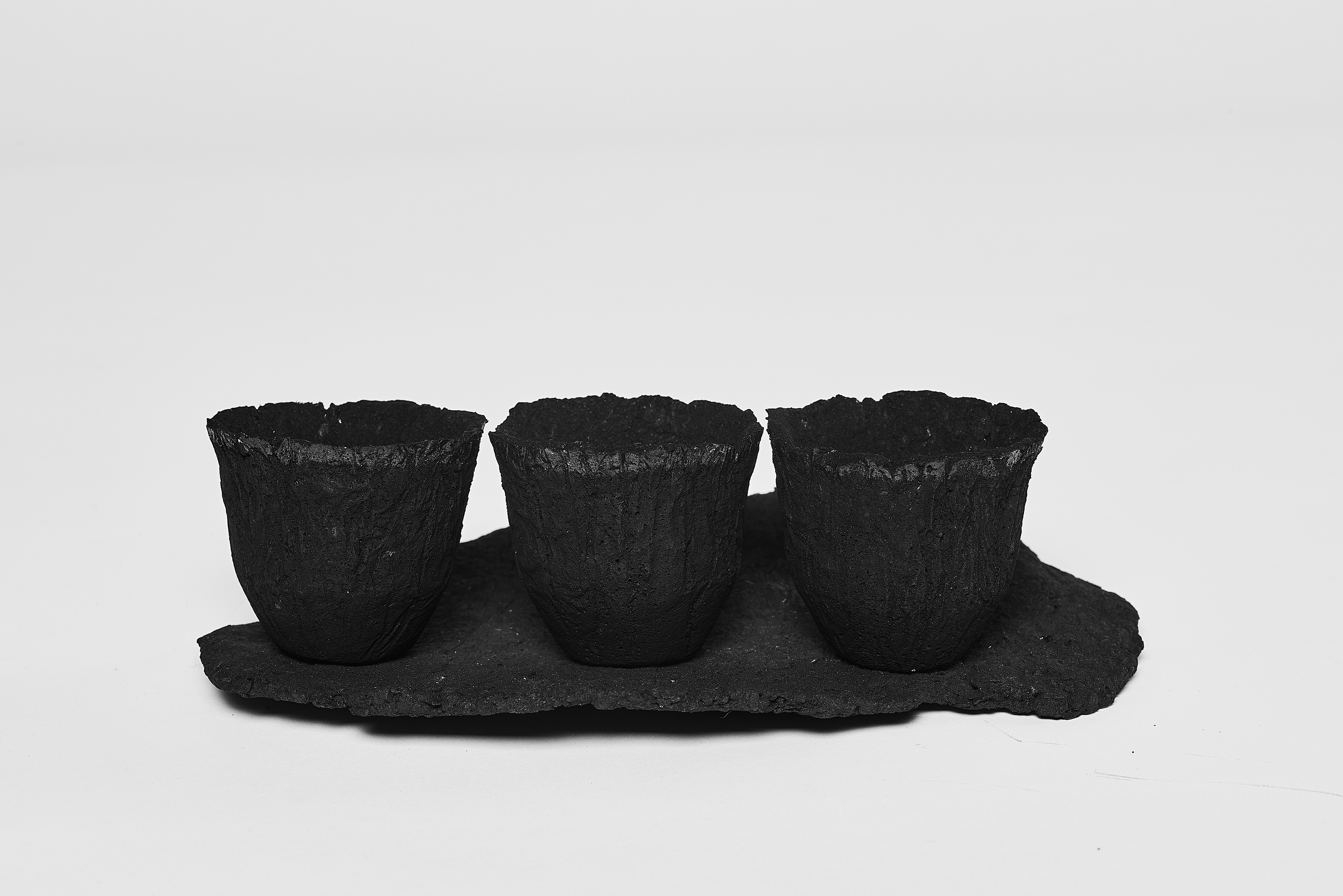
Foto: Leif Erik Schmidt
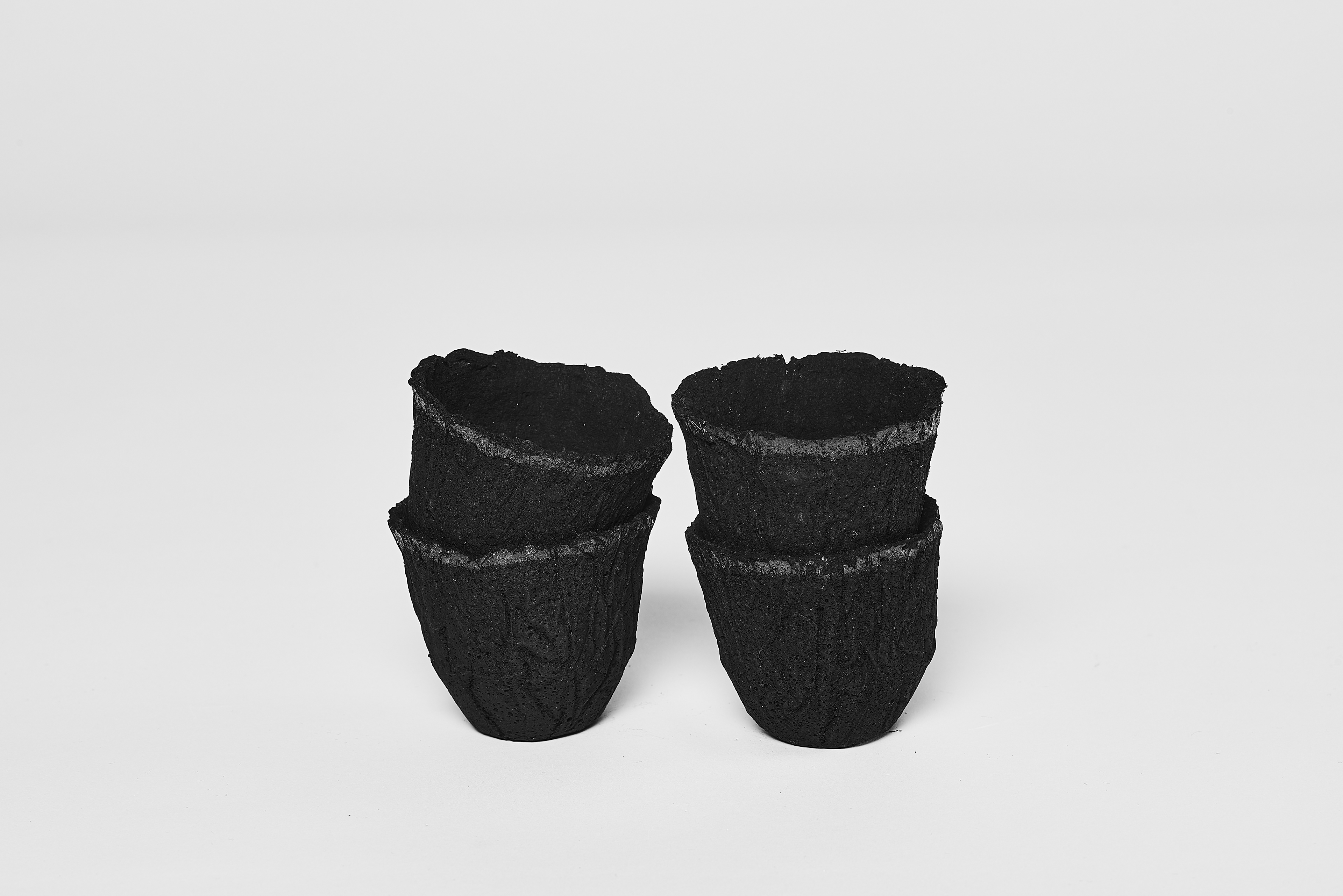
Foto: Leif Erik Schmidt
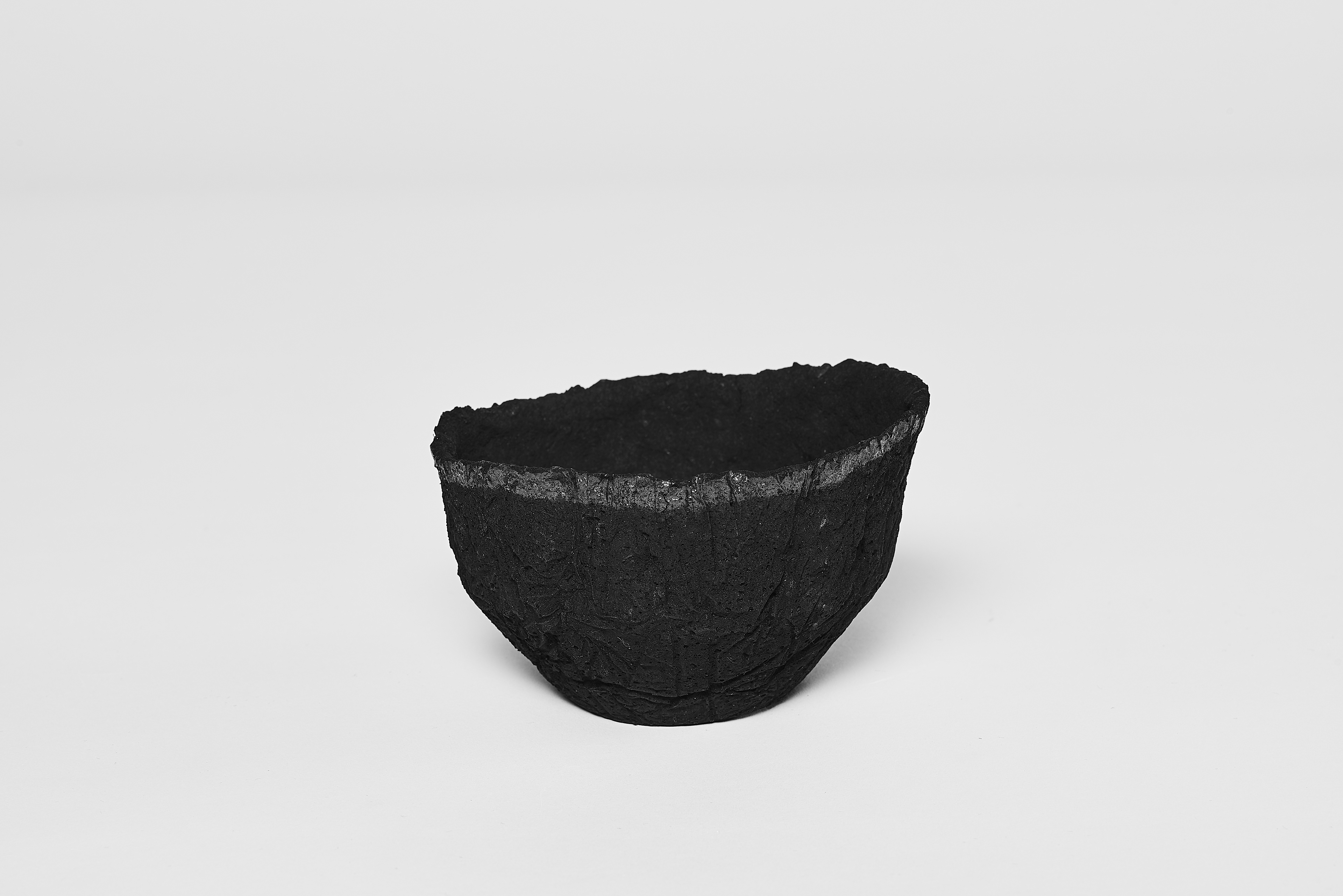
Foto: Leif Erik Schmidt
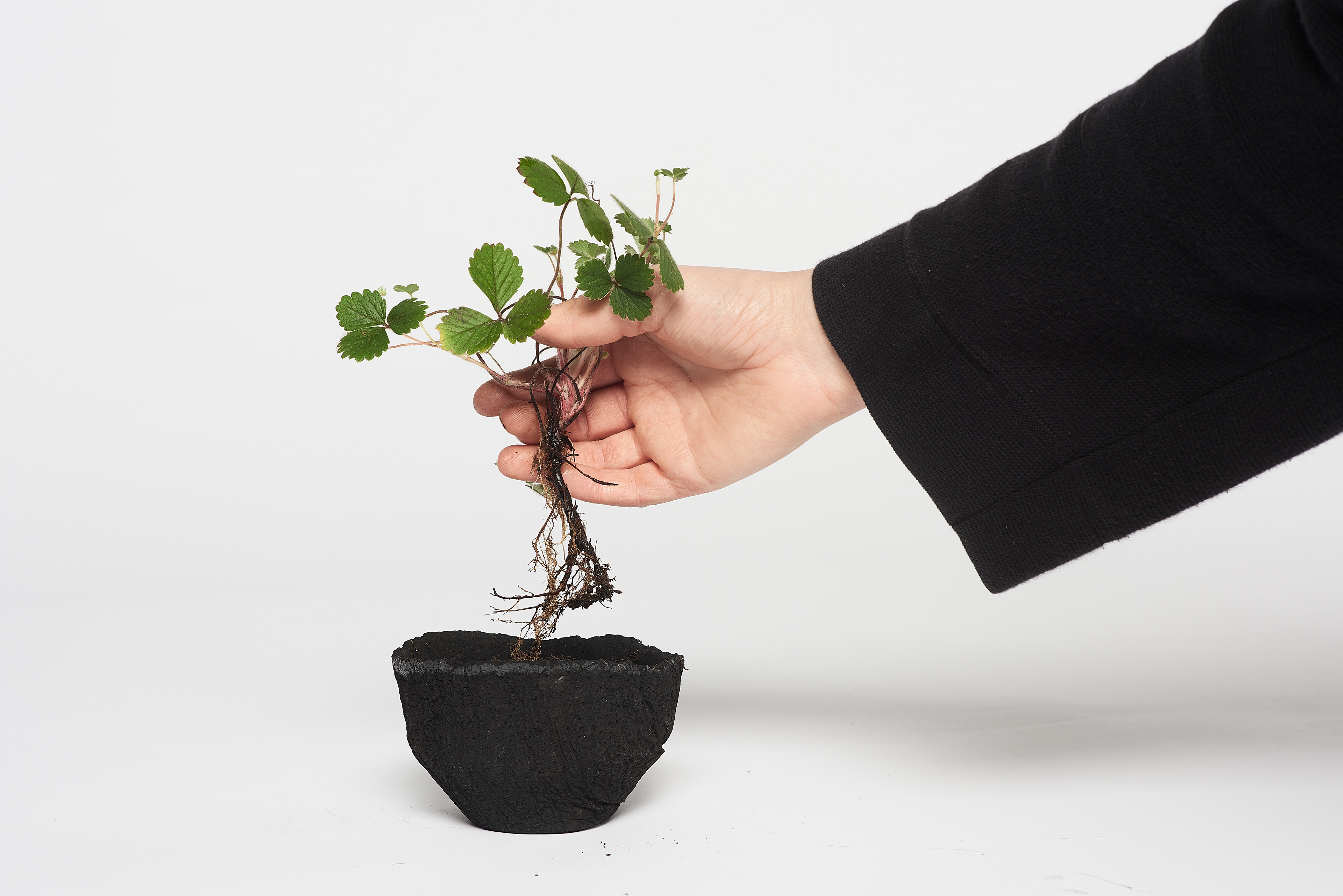
Foto: Leif Erik Schmidt
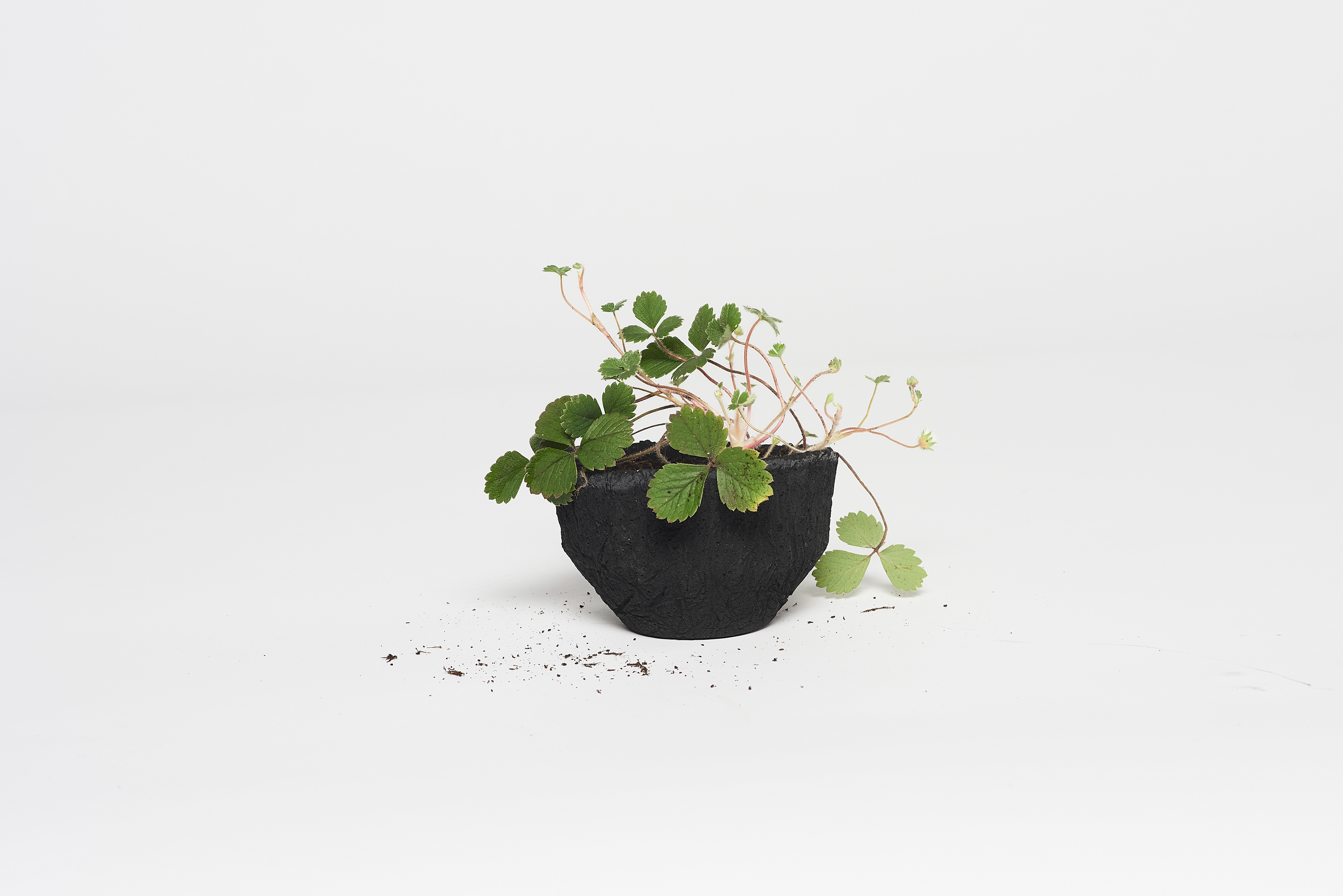
Foto: Leif Erik Schmidt
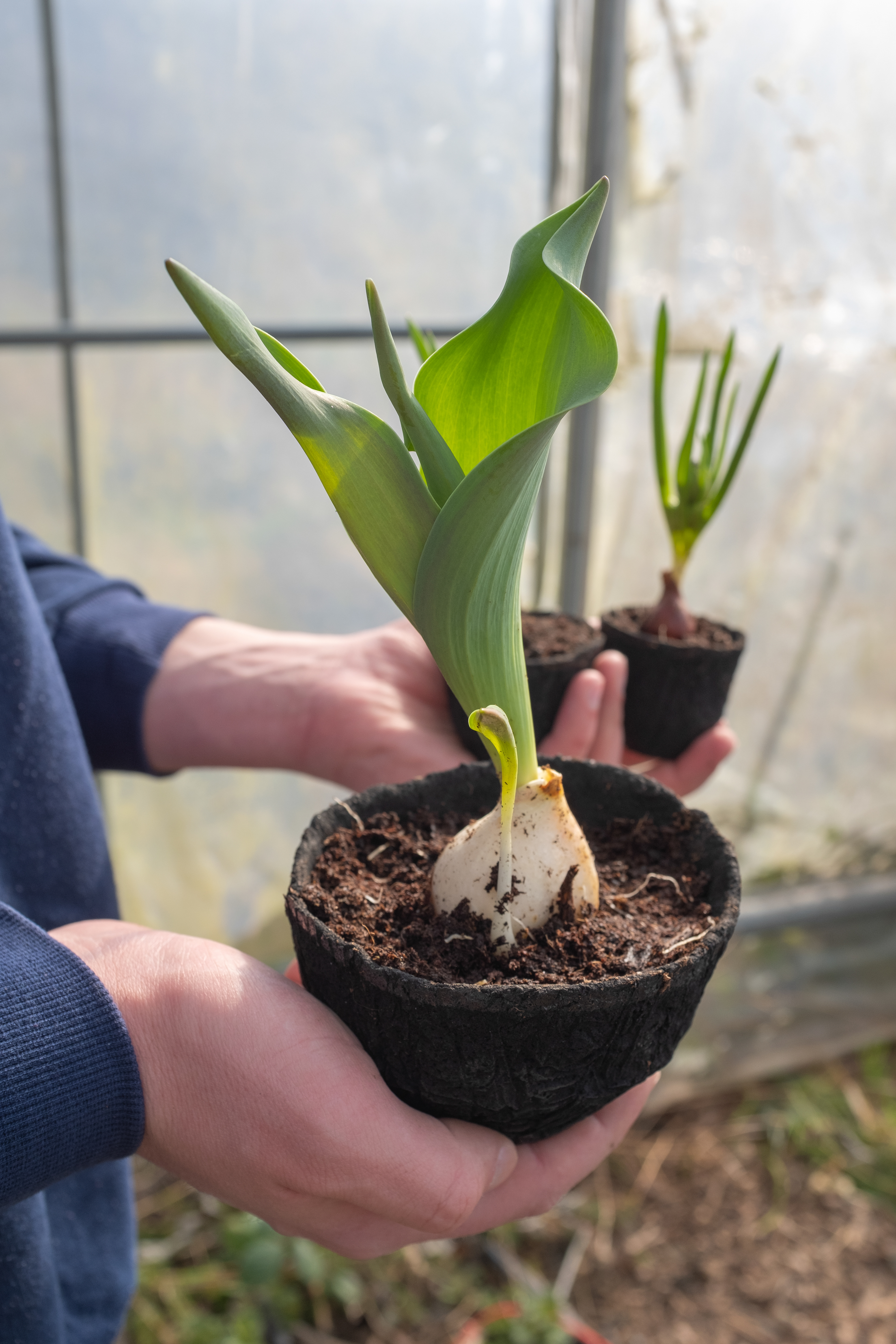

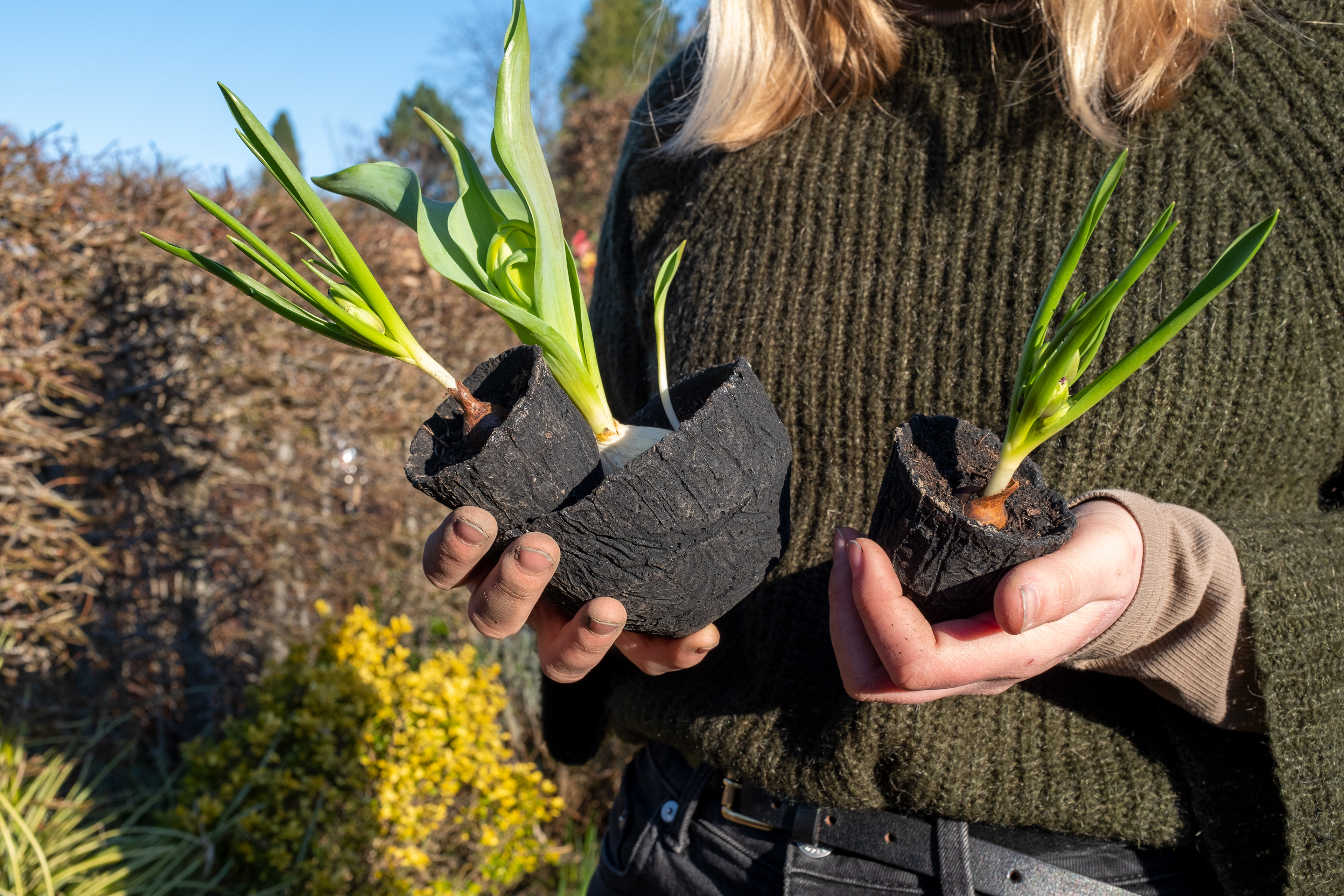
Foto: Paul Werling
